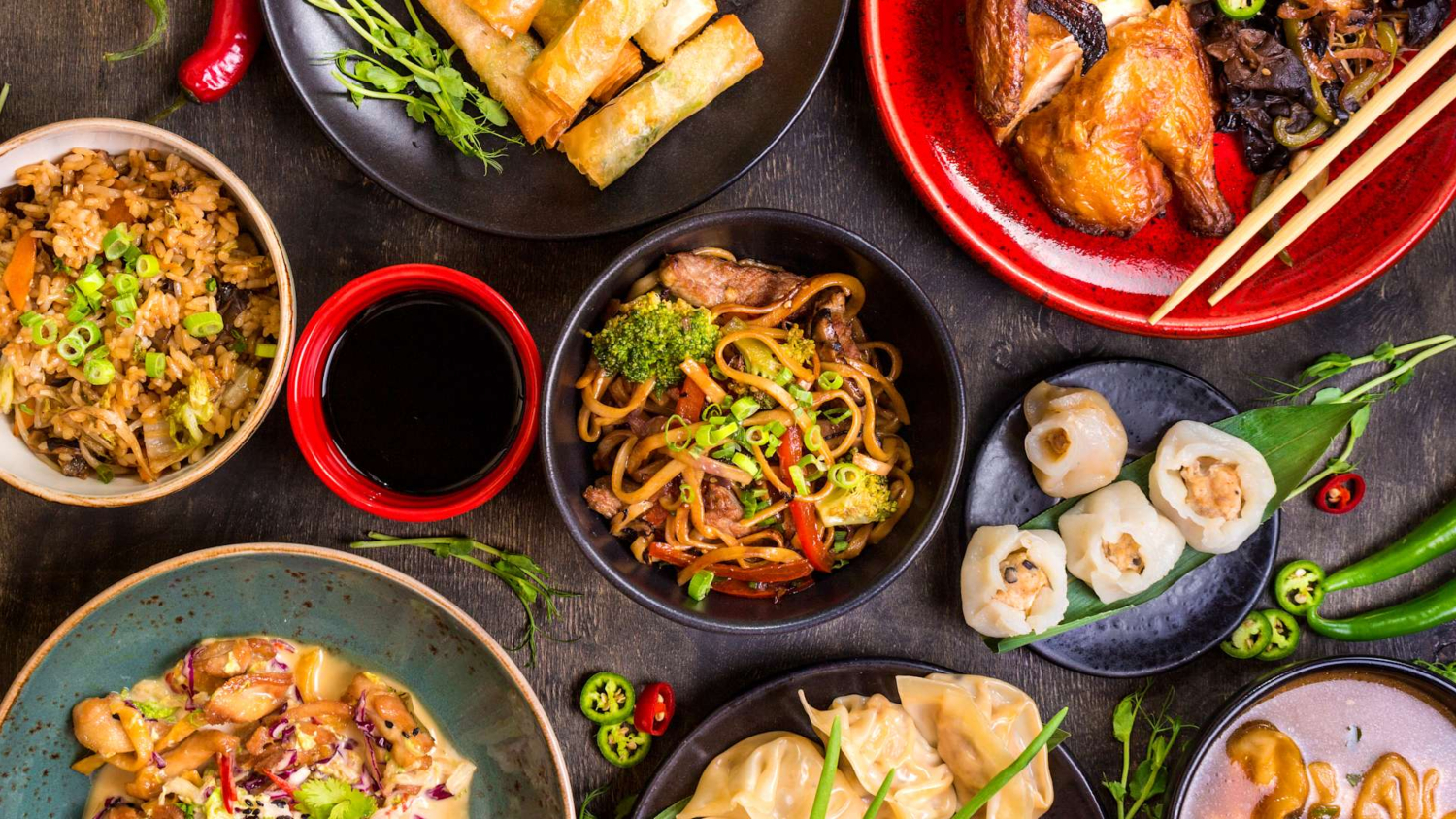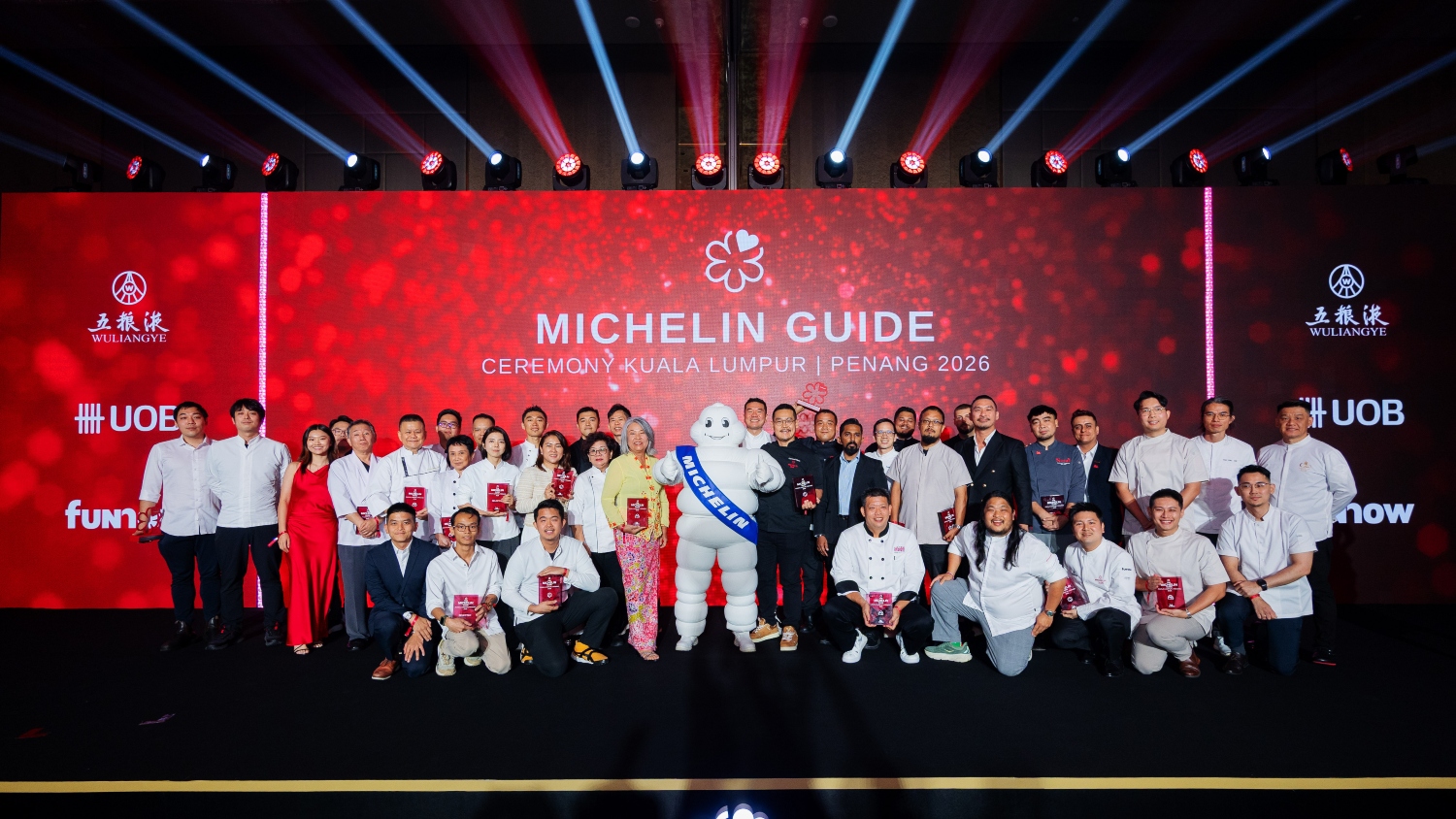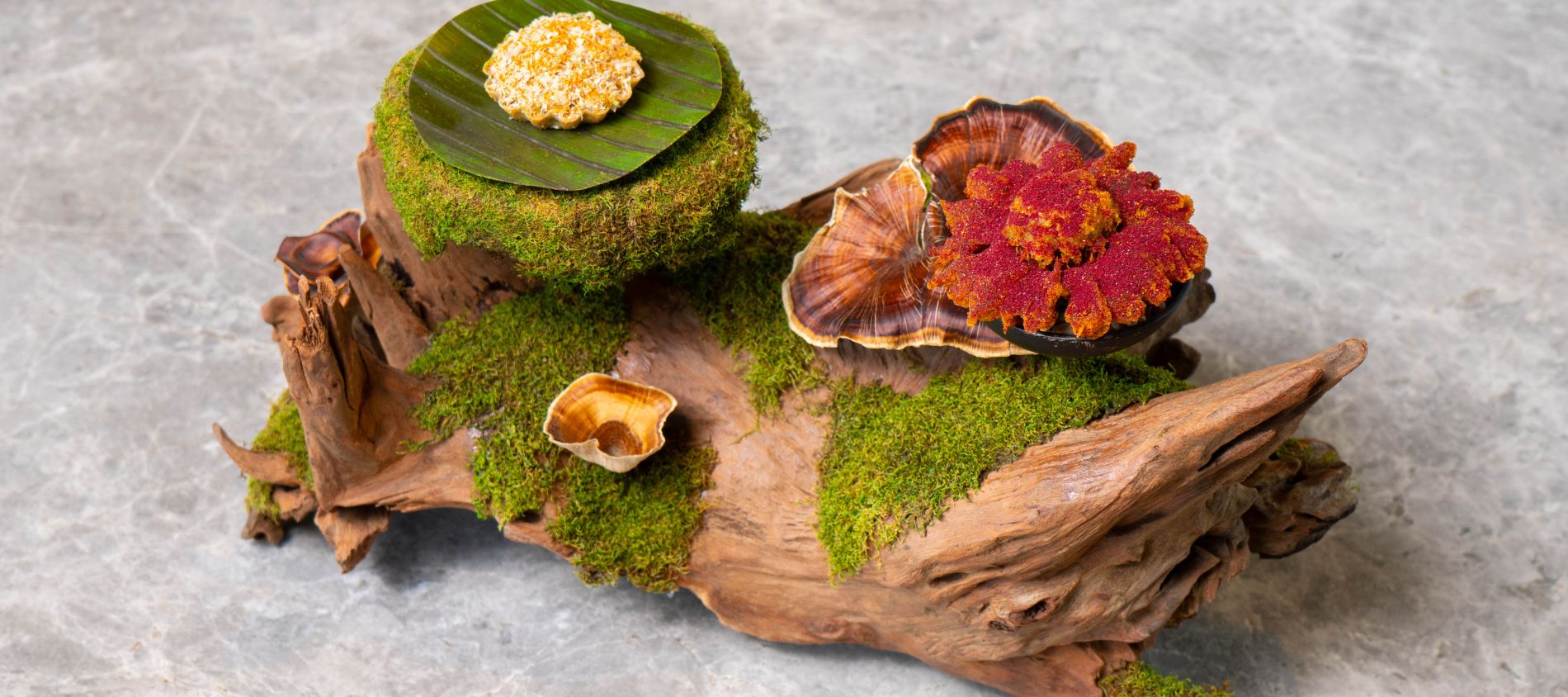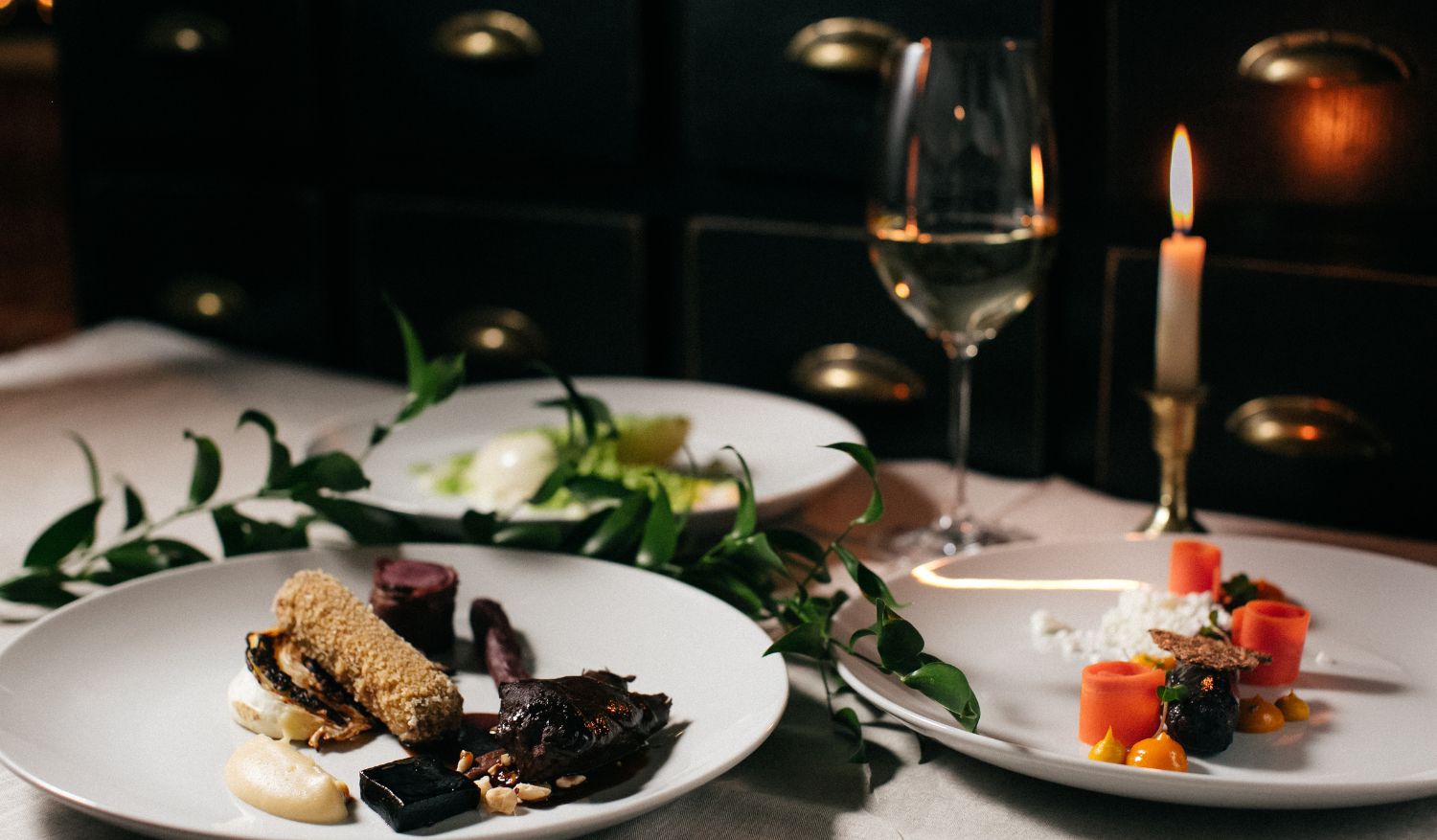Rooted in centuries-old traditions, Chinese New Year, or the Lunar New Year or Spring Festival, is an auspicious time for families to gather, honour their ancestors, and welcome prosperity for the year ahead. It is widely celebrated across Asia and beyond, and it just wouldn’t be complete without a feast of symbolic dishes, each believed to bring good fortune, happiness, and success.
From China to Vietnam and South Korea to Malaysia, here’s a look at the most popular Chinese New Year foods enjoyed around the world.
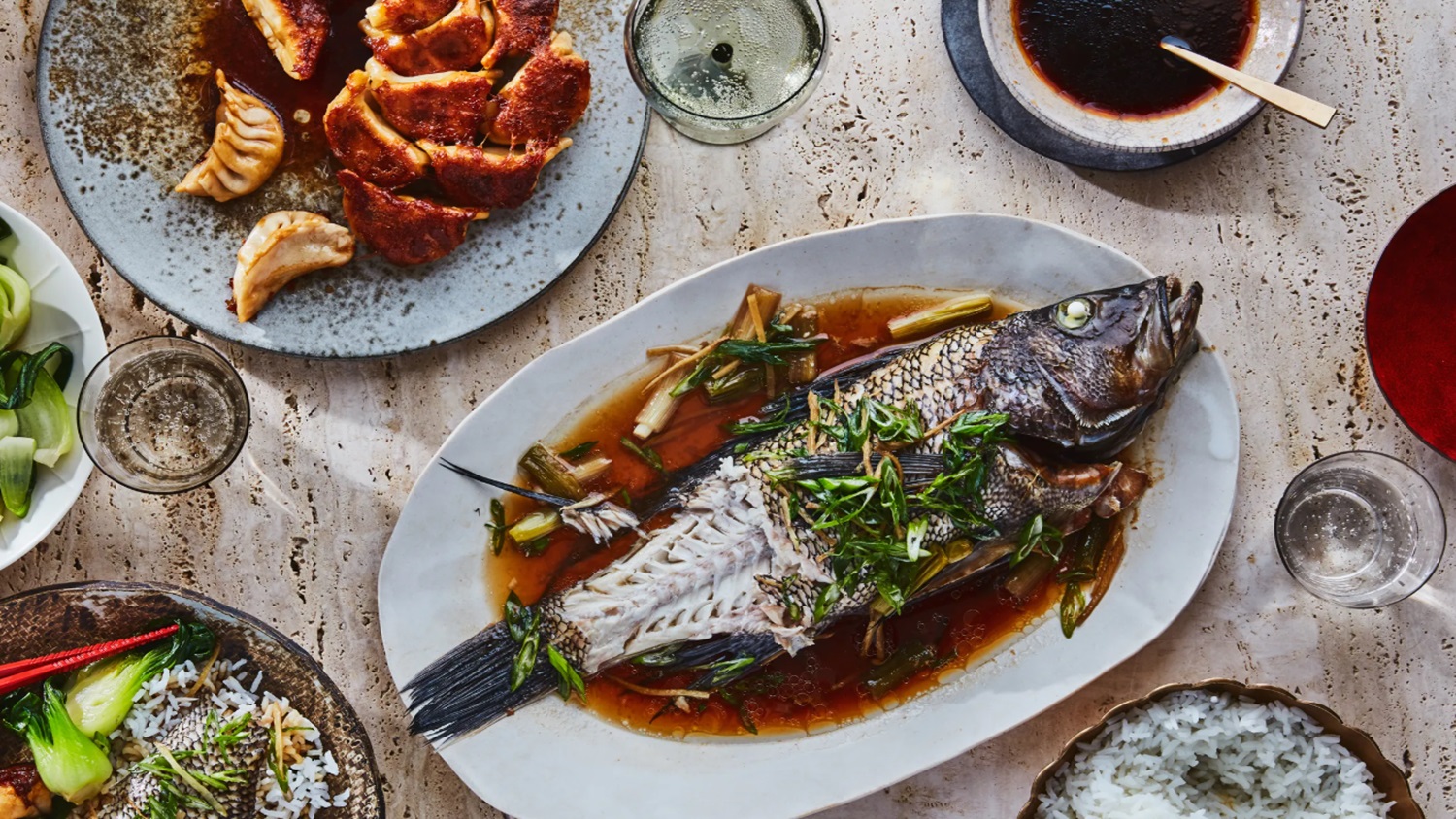
China: Dumplings and Fish
In China, dumplings are a staple of the New Year’s Eve feast, symbolising wealth and prosperity due to their resemblance to ancient Chinese gold ingots. Families gather to make dumplings together, often hiding a coin inside one for extra luck. Another must-have dish is whole fish, representing abundance and surplus, as the word for “fish” (yú) in Chinese sounds like “surplus” (yú).
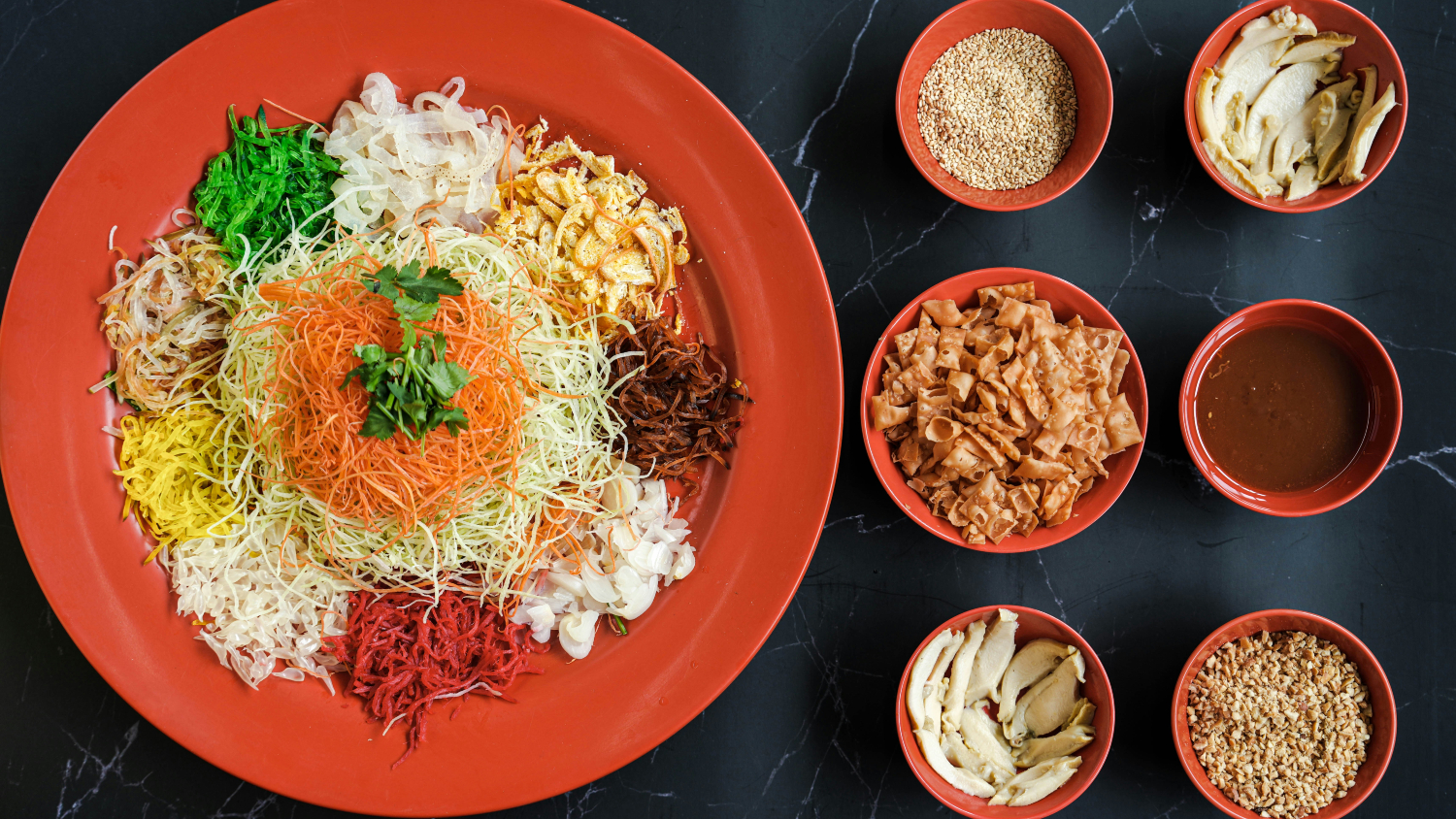
Malaysia: Yee Sang
The highlight of Chinese New Year feasts in Malaysia is without a doubt the Yee Sang, a vibrant salad, often topped with raw fish, which is tossed high in the air while reciting auspicious wishes. This practice, known as the prosperity toss (lou hei), is believed to bring good fortune and prosperity. It typically features shredded vegetables, raw fish (jellyfish or salmon are common examples), and a sweet plum sauce.
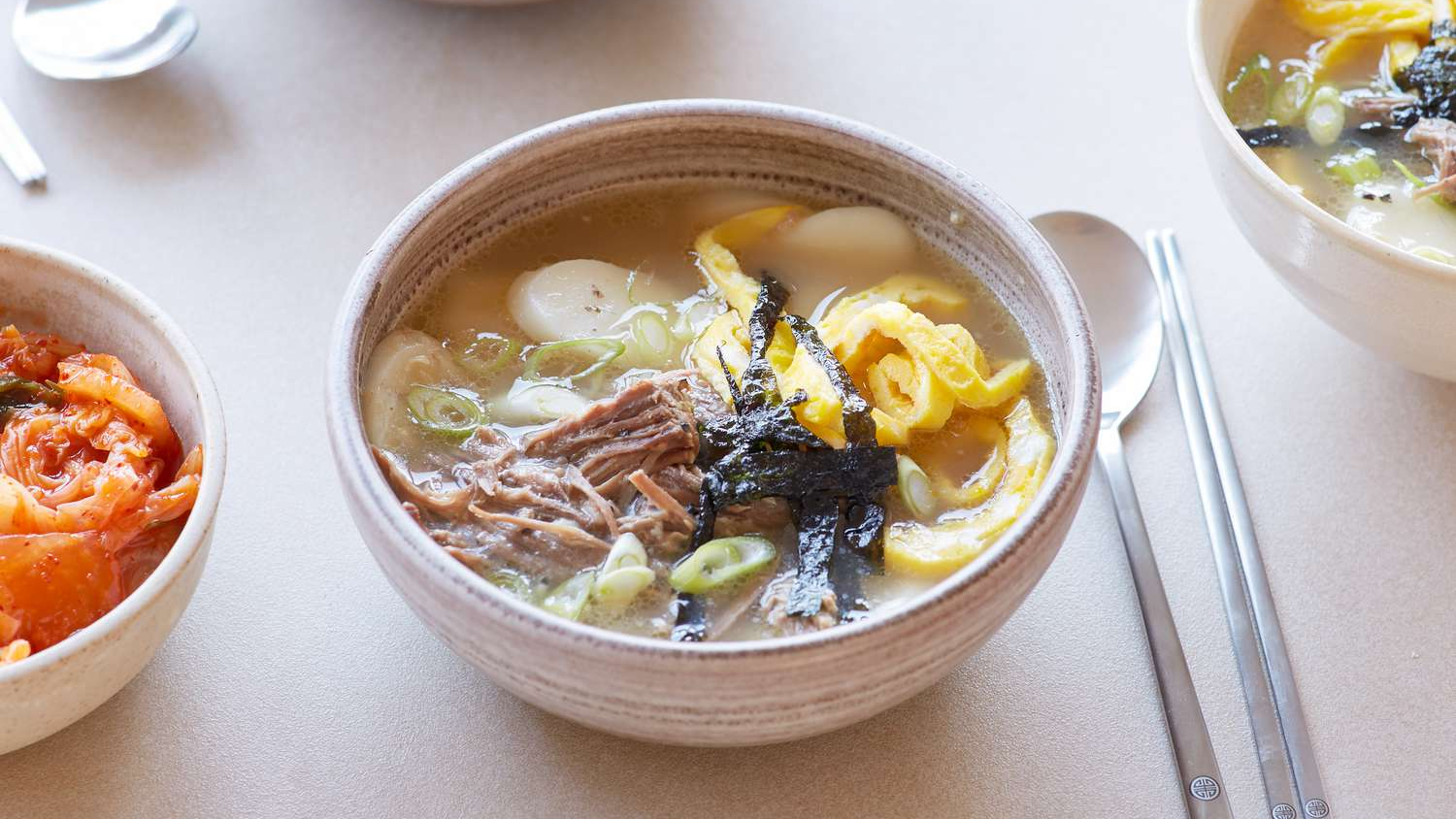
South Korea: Tteokguk
Koreans welcome the Lunar New Year, known as Seollal, with tteokguk, a warm and comforting soup made with sliced rice cakes in a clear broth often made from beef. Eating tteokguk is believed to grant good luck and mark the passing into a new year of life, signifying the revival of all of Earth’s creatures as well as fresh beginnings.
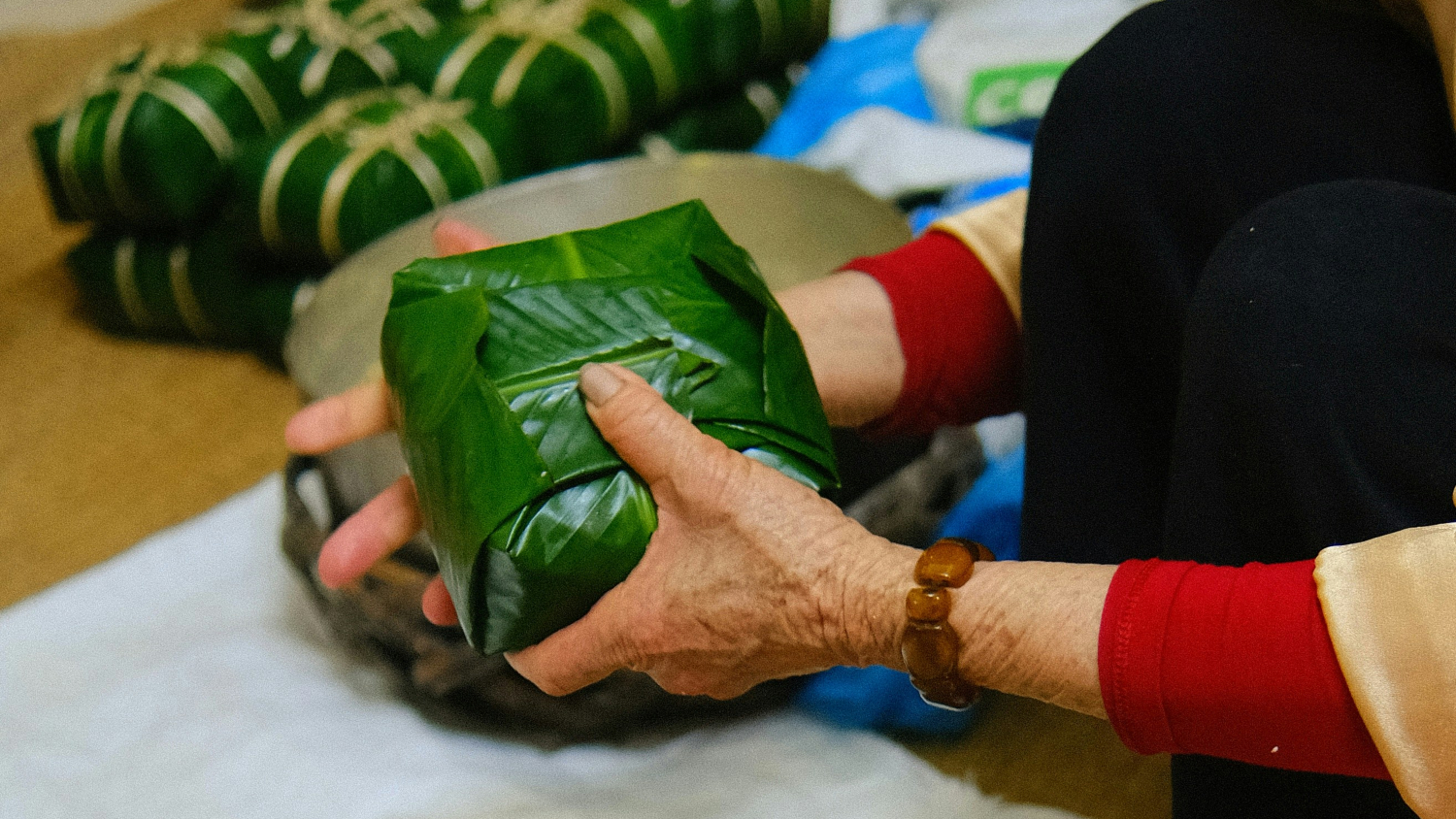
Vietnam: Bánh Chưng and Bánh Tét
Vietnam celebrates Lunar New Year as Tết, with its own unique dishes. Bánh Chưng (square sticky rice cake) and Bánh Tét (cylindrical sticky rice cake) are made of glutinous rice, mung beans, and pork, wrapped in banana leaves. Their shapes stand for the earth and sky, honouring Vietnamese agricultural heritage and familial unity.
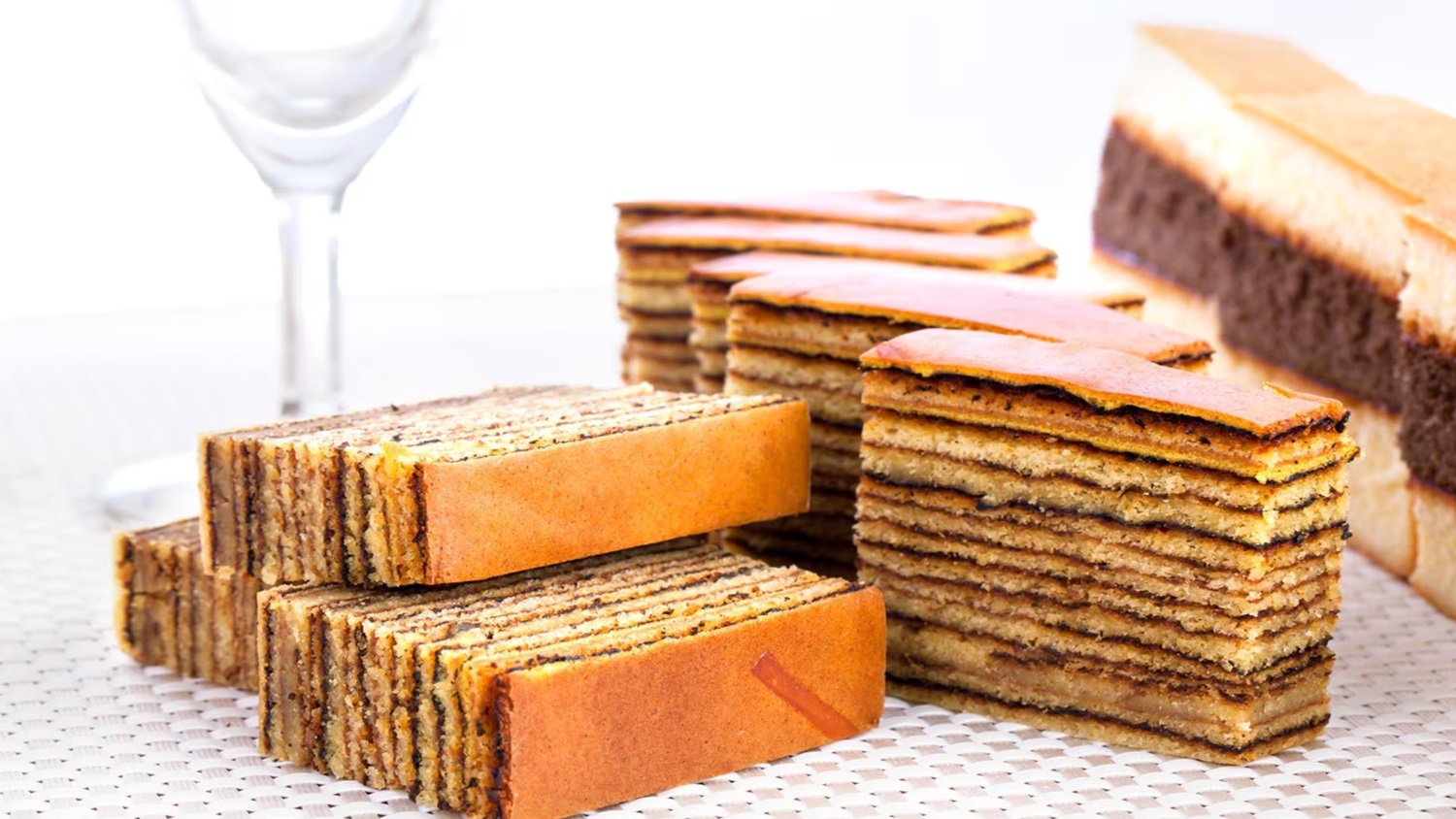
Indonesia: Lapis Legit (Thousand Layer Cake)
In Indonesia, where the Chinese community plays a significant role in New Year celebrations, Lapis Legit (Thousand Layer Cake) is a prized delicacy. Each thin layer of the spiced, buttery cake represents layers of prosperity and patience. The Lapis Legit is believed to have originated in Indonesia since the Dutch colonial period and in Dutch, the cake is called Spekkoek.
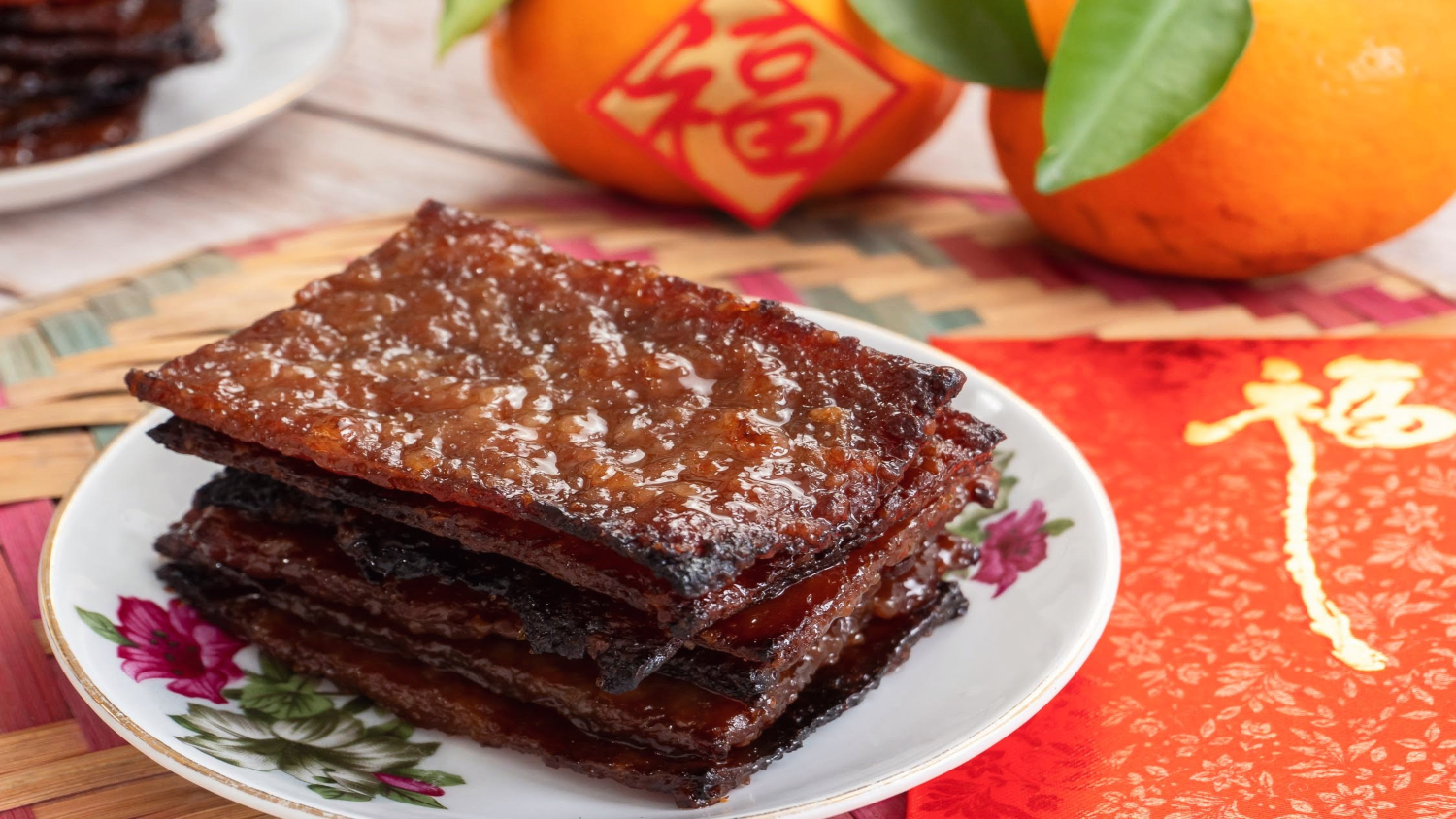
Singapore: Pineapple Tarts and Bak Kwa (Barbecued Pork Jerky)
Pineapple tarts are a festive favourite in Singapore, as the Hokkien word for pineapple (ong lai) sounds like “prosperity arrives.” Meanwhile, Bak Kwa, a smoky, barbecued pork jerky, is highly sought-after during the season, signifying good luck and wealth. It typically comes flat or in coin shapes, and has a sweet and savoury flavour that’s highly addictive.
Featured image: Chinese New Year


